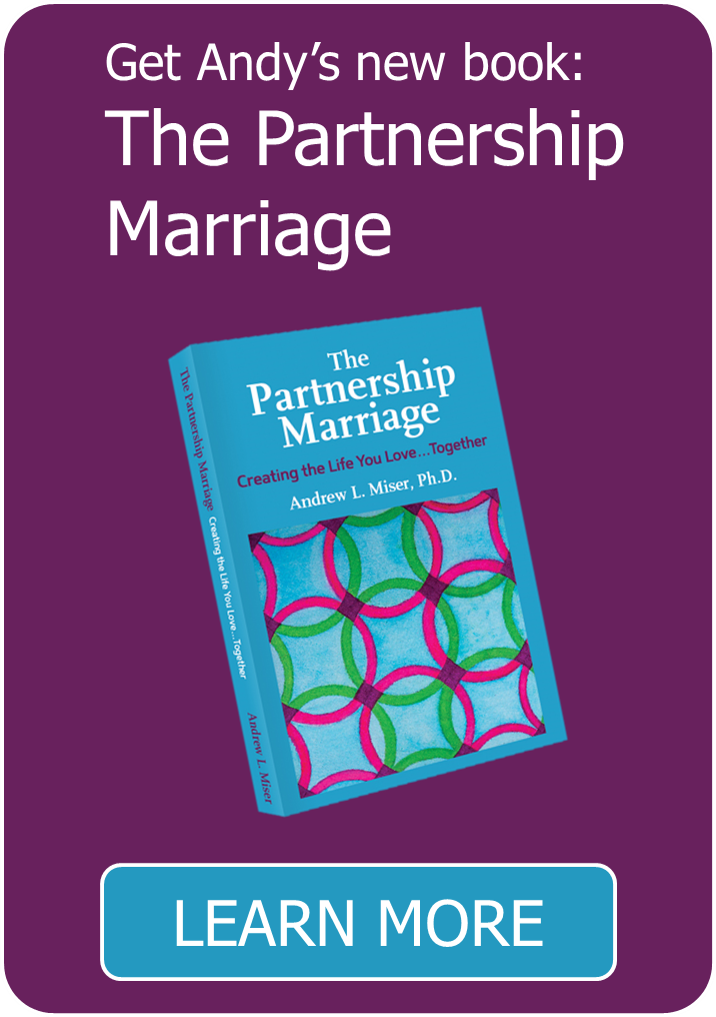Radical Conversations that Have Shaped Marriage
 In the last two hundred and fifty years, societal conversations in the United States, all considered radical at an earlier time, have transformed the institution of marriage. Briefly, here are a few:
In the last two hundred and fifty years, societal conversations in the United States, all considered radical at an earlier time, have transformed the institution of marriage. Briefly, here are a few:
- Individual choice. The Age of Enlightenment in the seventeenth and eighteenth centuries influenced relations between men and women in radical ways. Reason trumped tradition and the ideals such as individual liberty, freedom of speech and equality began to challenge older conceptions of marriage. Coontz (2005) writes that for the first time in 5,000 years, men and women could choose whom they would marry. In Western Europe and America, this personal and private choice replaced arranged marriage for economic or political purposes. This freedom to choose ushered in a new realm of personal responsibility for the state of one’s marriage.
- Lifelong love. With men and women now being able to choose whom they could marry, another new and very radical idea began to take hold. Couples began to marry for one simple little reason: They loved each other. Marrying on the basis of love created a completely new opportunity for couples. For a marriage to be successful, a couple was now challenged with keeping alive an enduring love for each other.
- Union of two equal human beings. The societal conversation that men and women are “considered” equal under the law has been evolving in the United States over the last 200 years. Since the 1970s, marriage has been in the process of being redefined on the basis of equality. Many husbands and wives have been reformulating ways in which they can create their marriages in the spirit of equality, fairness and choice. While the state and federal laws around marital equality have been changing rapidly, the economic, social, and cultural conversations that determine men and women’s actual roles in society have been slower to change.
- Personal growth. One of the ideals in marriage today is that a person can fulfill their commitment to self-expression, personal growth and life goals inside of marriage (Cherlin, 2009). Most couples recognize that they must continually grow and develop throughout their life together or their marriage will stagnate. That, however, requires a commitment from both partners to support each other’s personal and professional growth as well as that of their relationship and their marriage. Today, this is a major challenge in creating a fulfilling marriage over a lifetime. This prevalent value for individuals to continue to develop themselves across a lifetime combined with the values for equality and equity in relationships has put new pressures on marriage to be a vehicle for personal fulfillment for both individuals.
- A Right for all people. In the last twenty years, marriage is increasingly being seen as a right for all people and many feel it is only a matter of time before marriage rights will be extended to same-sex couples. Marriage as a right for all people, regardless of sexual orientation, is a conversation that is in the process of transformation. Today, same-sex marriage is legal in the District of Columbia and in a dozen or more states. The societal conversation for marriage as a legal right for all people is fully under way and is likely to have important ramifications for years to come.**
- Lifelong partnership. Happiness may no longer be the main purpose of marriage. When happiness or emotional gratification can’t be reliably achieved in marriage, people more often than not give up and end their marriage in divorce. Fowers (2000) posits that a strong marriage is built on a shared vision of the future, shared sacrifices and teamwork around the mundane tasks of living life together. Couples who are committed to a fulfilling marriage ultimately shift their focus from emotional gratification to their partnership in life.
Today, it is taken for granted that men and women have the right to choose their lifelong marital mate. No one else can make that choice for them. Also, culturally, everyone knows that the vast majority of couples who do marry do so on the basis that they love each other and that their commitment to marriage requires a love that lasts a lifetime. More and more today, two people who get married conceive of themselves as true equals, in other words, as having an equal and equable contribution to the health and vitality of their marriage. Both individuals, more than any time in history, see their marriage as a arrangement that must allow for the personal growth of each person as well as their relationship. Also, more and more Americans are recognizing that marriage is a right that should be legally extended to every citizen, regardless of sexual orientation. Finally, in a partnership marriage, couples share important life-long values and work together to fulfill their individual and joint dreams.
References
Cherlin, A.J. (2009). The Marriage-Go-Round: The state of marriage and family in America today. New York: Alfred A. Knopf.
Coontz, S. (2005). Marriage, a history: How love conquered marriage. New York, New York: Penguin Books.
Fowers, B. (2000). The myth of marital happiness. San Francisco, California: Jossey-Bass, Inc. Publisher.
**Same-sex marriage became legal in the United States on June 26, 2015, when the Supreme Court struck down all state bans on same-sex marriage in all fifty states. The Supreme Court also required all states to honor out-of-state same-sex marriages.
Posted in Partnership Marriage
